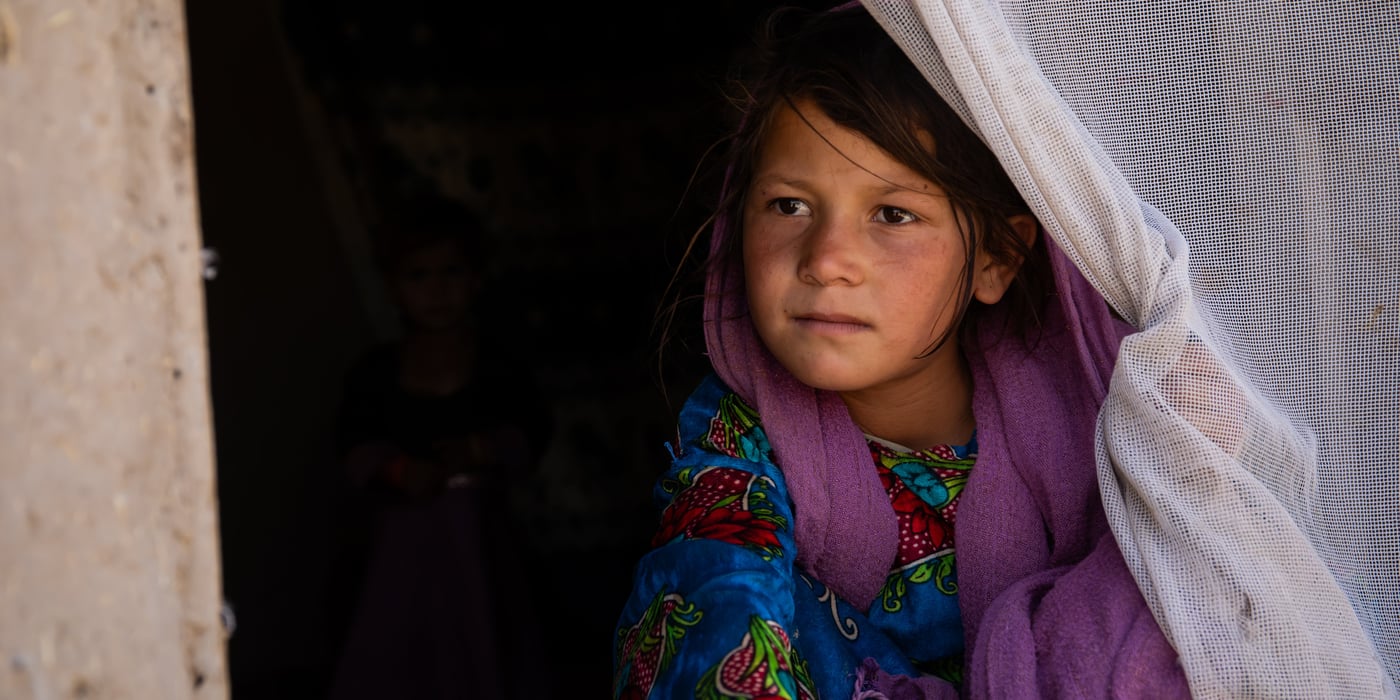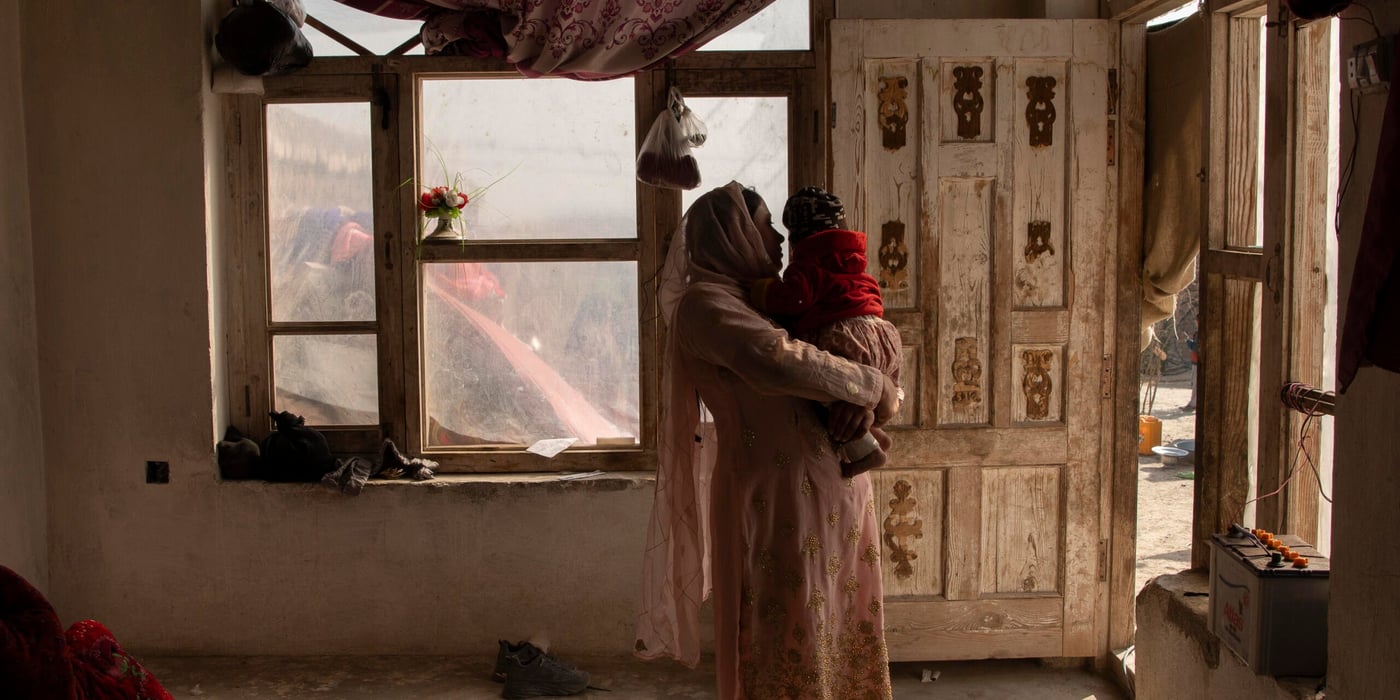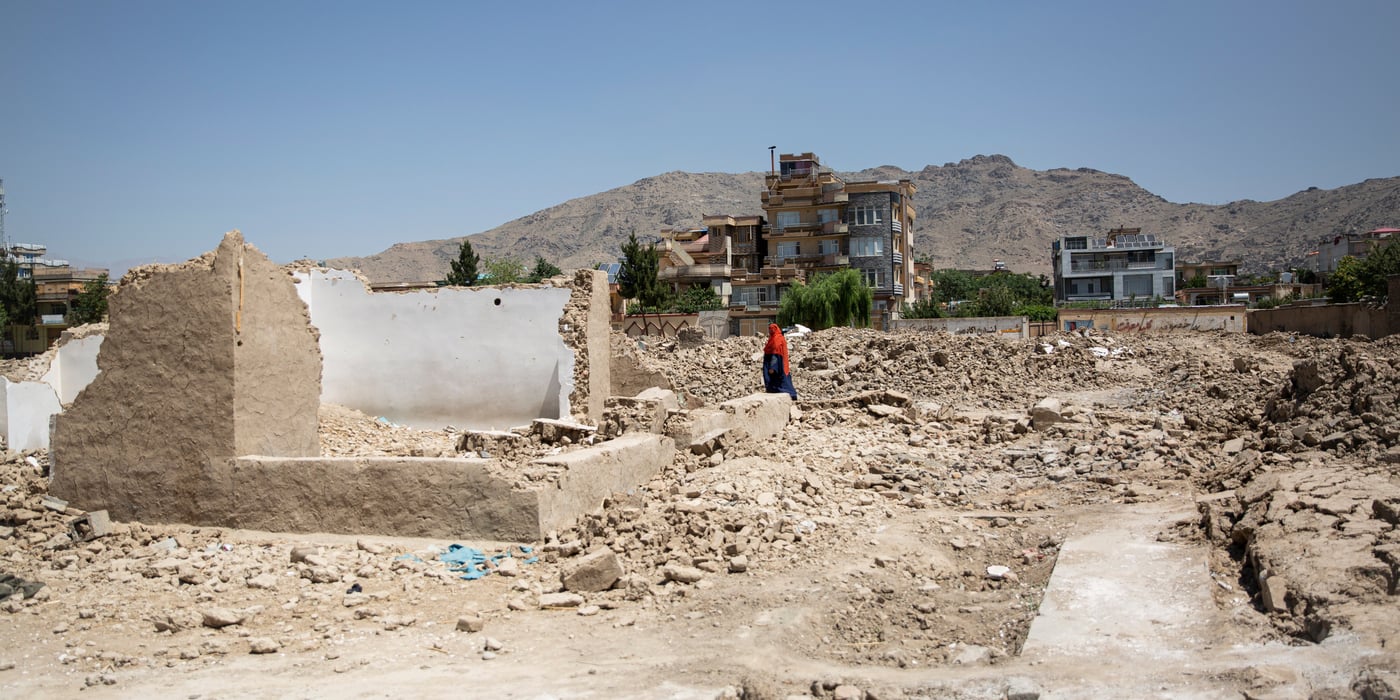
”I lost two of my childhood friends in suicide bombings. And one day, when I was going to the gym, a bomb exploded in the street", Farshid says.
He entered Europe by crossing the Mediterranean Sea and the Norwegian Refugee Council (NRC) meet him on the Greek Island of Chios.
”You cannot feel safe there”, he says referring to his hometown, Kabul.
The reason he fled Afghanistan, Farshid says, was the lack of safety. He fled through Pakistan, Iran and Turkey, before he travelled across the ocean to Europe.
”The most difficult part of the trip was through Iran. We were walking for hours in the mountains, and stayed there for several nights. Many people are dying on the way. We saw dead bodies”, Farshid explains.
So far this year, 820.000 refugees have crossed the Mediterranean Sea hoping to get asylum in Europe. 20 % of these are from Afghanistan, according to the UN High Commissioner for Refugees (UNHCR). In 2014, the majority of asylum seekers to Norway came from Syria, this trend has now changed. While 2103 Syrians came to Norway seeking asylum in the past three weeks, 2423 Afghans have come to Norway in the same period of time. This makes Afghans the largest group of asylum seekers to Norway. In total, 7.219 people applied for asylum in Norway since the end of October.

No peace in sight
"The situation reflects a fundamental, structural problem at home", says Cecilie Hellestveit, member of the NRC board.
She refers to the current situation in Afghanistan and the high number of Afghan asylum seekers to Norway.
"We are now seeing the consequences of western withdrawal from the country. The violent chaos that occurred after the withdrawal of Soviet lies fresh in the memory of many Afghans. Further, IS, which represents a different kind of threat than the Taliban and al Qaeda, has now a relatively strong grip on the country. The future prospects of Afghanistan looks relatively poor", says the International Law expert, Hellestveit, in an interview with VG.
Years of conflict have made Afghanistan a difficult place for its citizens. After NATO forces withdrew from the country last year, armed groups increased their attacks. Civilians now flee a country where they see no prospects of peace solutions. More than 5.8 million Afghan refugees have returned to the country during the last 12 years. However, there are still 2.7 million Afghan refugees in the world, and almost 850.000 people are internally displaced.

Increased IDP
Four months ago, militants took almost everything Zagari (30) owned: money, carpets, jewellery. Together with her six children she fled Nangarhar and her family home to live in Kabul.
"The only thing I had left was clothes and a few blankets", she says.
The flight costed Zagari 300 $, which she now struggles to pay back. By picking garbage for recycling, the children help her earn money. Unfortunately this does not provide a secure income for the family. The family lives in an unfinished house made of clay in one of Kabul’s slums. The temporary home is furnished with a couple of blankets, a pot, and a tarpaulin on the floor.
"Every day we eat bread, but sometimes, if we’re lucky we get fresh vegetables", says Zagari.
NRC has registered a high number of internally displaced Afghan families in the period July to September 2015, particularly in the Faryab Province. Abdul Noori believes there are several reasons to why people flee their homes in Afghanistan.
"Some flee because of armed conflicts, others flee because of conflicts between local power brokers, or extreme weather conditions such as floods", he said.
Young men crossing borders
"Afghans constitute the largest group among single minor asylum seekers entering the borders to both Norway and Sweden", says Cecilie Hellestveit.
This, she believes, is because young boys are often viewed as a resource and therefore parents often send them out of Afghanistan.
"Partly this is done to protect them from war and poor future prospects in Afghanistan. However, it is important to notice that these children represent a financial investment for their parents. Either through education and job in the country they seek asylum, by sending money to their family in Afghanistan, or, by family reunification", says Hellestveit, to VG.
On the Greek island of Chios, Farshid is grateful he made it across the sea. He praises the Greek hospitality. Now he wants to continue the journey. The goal is Scandinavia where he hopes for a better future.
”I wish I can live like other humans. I want to study. I want to work”, he says.

Young men crossing borders
"Afghans constitute the largest group among single minor asylum seekers entering the borders to both Norway and Sweden", says Cecilie Hellestveit.
This, she believes, is because young boys are often viewed as a resource and therefore parents often send them out of Afghanistan.
"Partly this is done to protect them from war and poor future prospects in Afghanistan. However, it is important to notice that these children represent a financial investment for their parents. Either through education and job in the country they seek asylum, by sending money to their family in Afghanistan, or, by family reunification", says Hellestveit, to VG.
On the Greek island of Chios, Farshid is grateful he made it across the sea. He praises the Greek hospitality. Now he wants to continue the journey. The goal is Scandinavia where he hopes for a better future.
”I wish I can live like other humans. I want to study. I want to work”, he says.




